by Valentin Schipfer
There is a special aesthetic quality to old coal mines that can perhaps be best described as a “moon landscape”. Yet coal-mining areas are rarely considered the most attractive places in the world. Though many live and work in these areas, individual relationships with coal-mines can often be very contradictory: locals depend upon them to make their living, but at the same time these mines pollute their air, water, and ground. Moreover, when the mines close down, jobs disappear and only debris is left behind. How do you deal with such areas?
Three regional planning studios – INPOLIS, BTE and Raumplaner – have been assigned to develop a regional development concept in one such area in Germany – the Niederlausitz – near the Polish border. This active coal-mining region is located in the state of Brandenburg in former Eastern Germany and includes towns such as Cottbus, Forst and Guben. Aim of the project is to identify regional potentials (economic, cultural and social) to enhance growth.
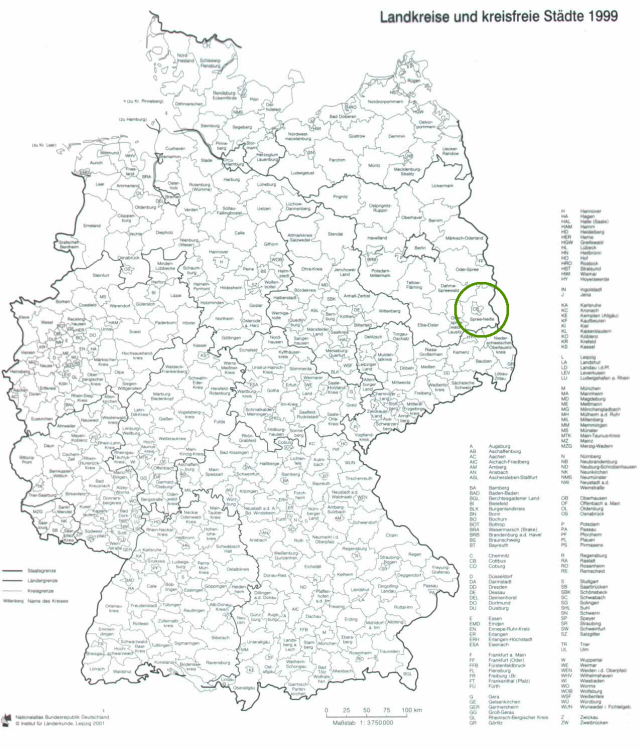 Until now the region’s plans were twofold and somewhat contradictory. On the one hand Niederlausitz still depends on mining for lignite, that is exploited by the Swedish company Vattenfall. On the other hand, water sports and diverse opportunities for other outdoor activities are supposed to attract tourists. While there has been a “re-naturalization” of some parts of Niederlausitz by filling up former surface mines with water -creating the so-called “Lusation Lakeland” , the region is still struggling with a high emigration of young people, an aging demographic, and economic structural change.
Until now the region’s plans were twofold and somewhat contradictory. On the one hand Niederlausitz still depends on mining for lignite, that is exploited by the Swedish company Vattenfall. On the other hand, water sports and diverse opportunities for other outdoor activities are supposed to attract tourists. While there has been a “re-naturalization” of some parts of Niederlausitz by filling up former surface mines with water -creating the so-called “Lusation Lakeland” , the region is still struggling with a high emigration of young people, an aging demographic, and economic structural change.
It is the interdisciplinary team’s task to demonstrate new development potentials, a strategy intended to foster stronger identification of the local population with their area and to enhance the areas image. All social realms (i.e. demography, economy, culture, environment) are being analyzed. The hope is that this analysis will highlight growth potentials thatwill include economic, touristic and leisure-oriented activities.
This combined top-down and bottom-up-process has been launched, together with the Joint Spatial Planning Department of the states of Berlin and Brandenburg, relevant stakeholders, and public interest groups. Several public events and team meetings will be facilitated in the following phases:
The first phase consists of a basic analysis with a particular focus on the local economy. In this way, the team hopes to identify the regions development potentials. The second phase will consist of designing the development strategy: a common vision, strategic goals with specific measures. This will be a participatory process involving a constant (open) dialogue between the local population and stakeholders. The last and third phase is dedicated to developing the structures responsible for the implementation of this strategy.
The project is still in its early stages, but the team is already collecting data, interviewing local authorities, and anybody interested in giving their opinion. There are other mining areas around the world that have shown how things can be done and it is important to learn from these examples.
More (only in German) here

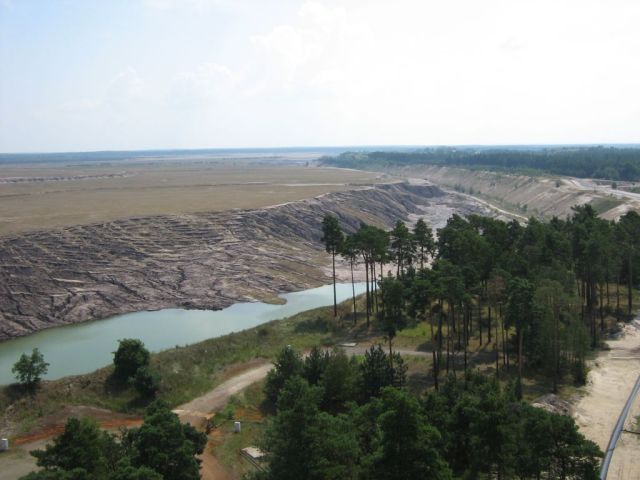
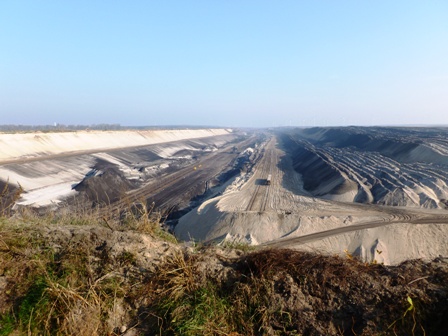
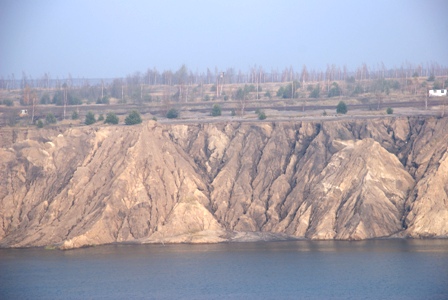
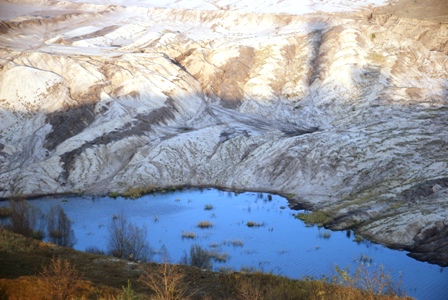


Pingback: Lausitz II | COBRA
Pingback: COBRA: Looking for Opportunities in Weak Rural Areas « Places.